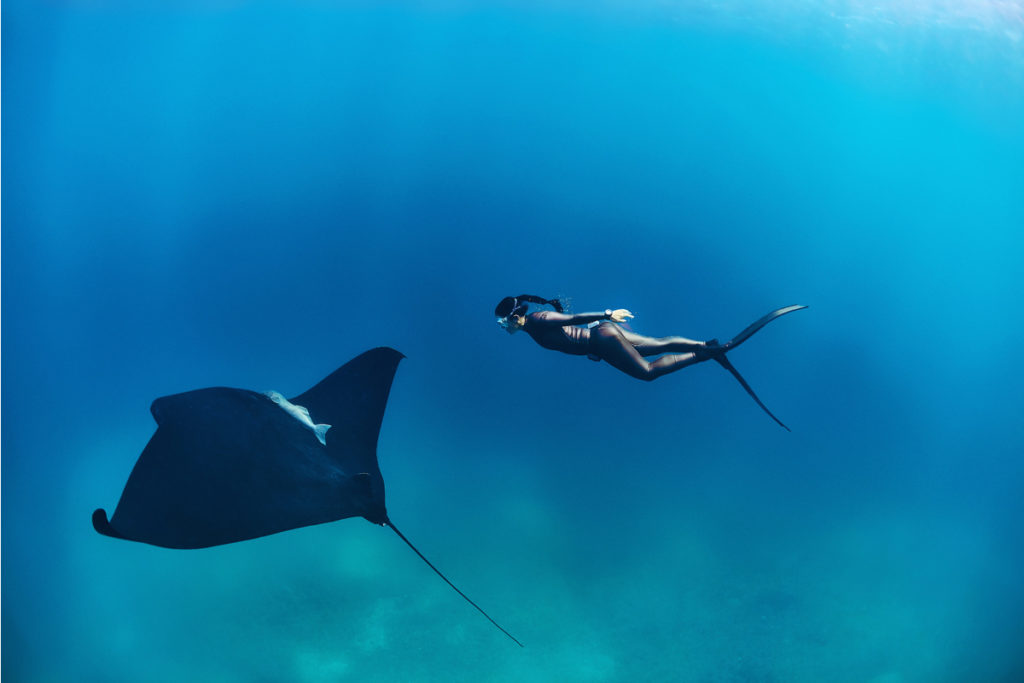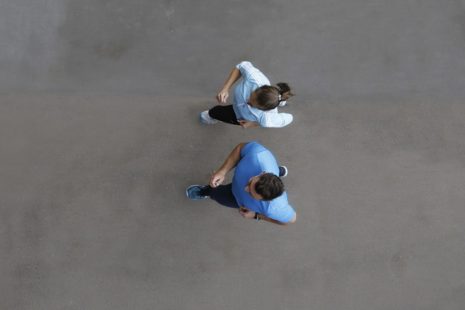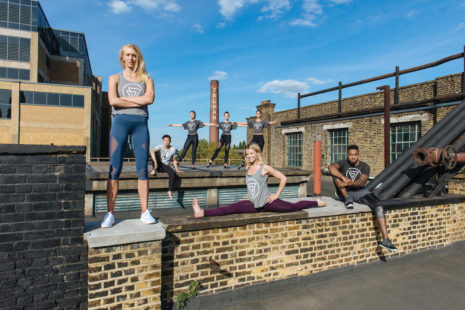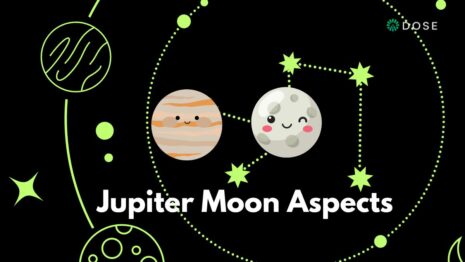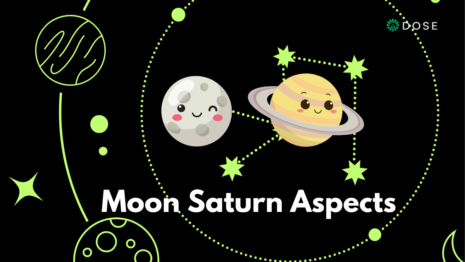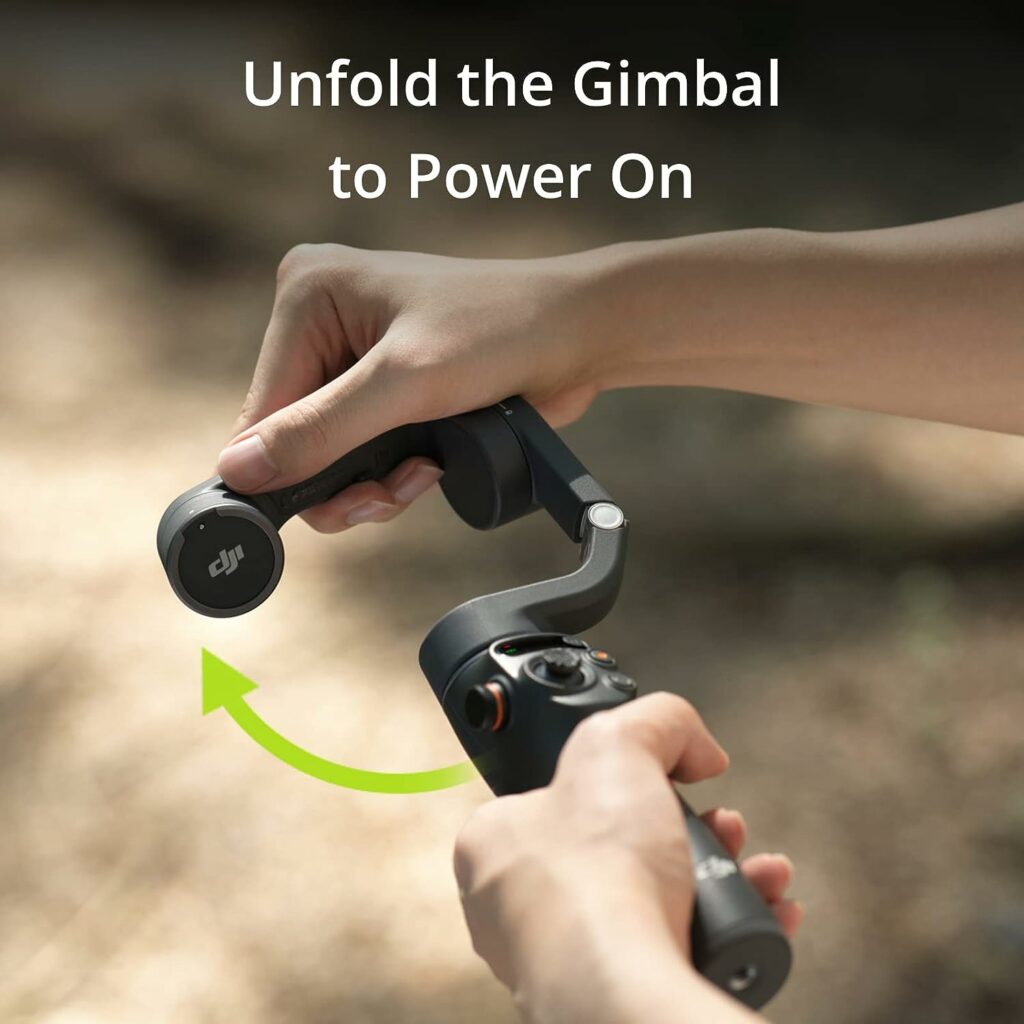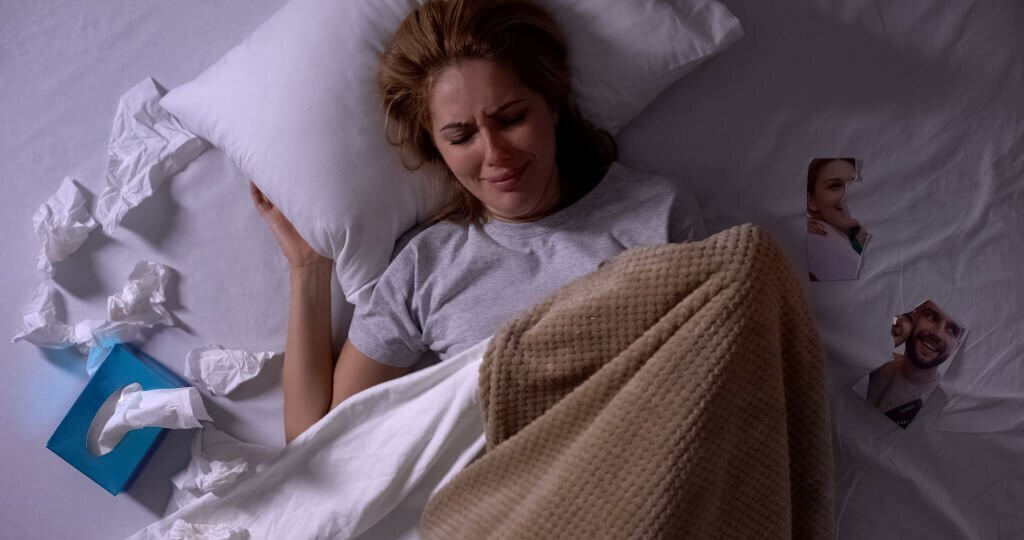Ever wondered what drives extreme athletes to risk their lives to compete… the inexplicable allure of mother nature, finding peace in the moment or an almighty adrenaline rush? Sophie Everard investigates the mindset behind some of the world’s top female athletes who know no limits…
1. Maya Gabeira ‘surfing a 73.5 feet wave’
Many of us have been captivated and terrified by the spellbinding images and videos of the world’s top female athletes taking it to the absolute limit in their respective sports.
When Brazilian big wave surfer Maya Gabeira recently celebrated a new Guinness World record for her awe-inspiring drop into a behemoth of a 73.5 feet wave (for scale, that would tower over the average 5-story building) in Nazaré Portugal, many of us gasped, agog at Maya’s incredible feat of athletic prowess. As a surfer myself, even the notion of staring down a wave of that magnitude brings chills down my spine.
It’s almost inconceivable to fathom not just the physical ability, but the mental and emotional strength and preparation that goes into tackling a colossal giant of that scale.
Most of us will never experience the wild ride of snowboarding off an enormous mountain edge, diving to the deepest depths of our wondrous ocean waters on one breath, or climbing a vertical cliff face.
I’ve always been interested not just in the psyche of what drives athletes to those critical moments, the mindset that powers and propels them, but also how they feel in those exact moments.
2. Marion Haerty – Snowboarder on the ‘allure of mother nature’
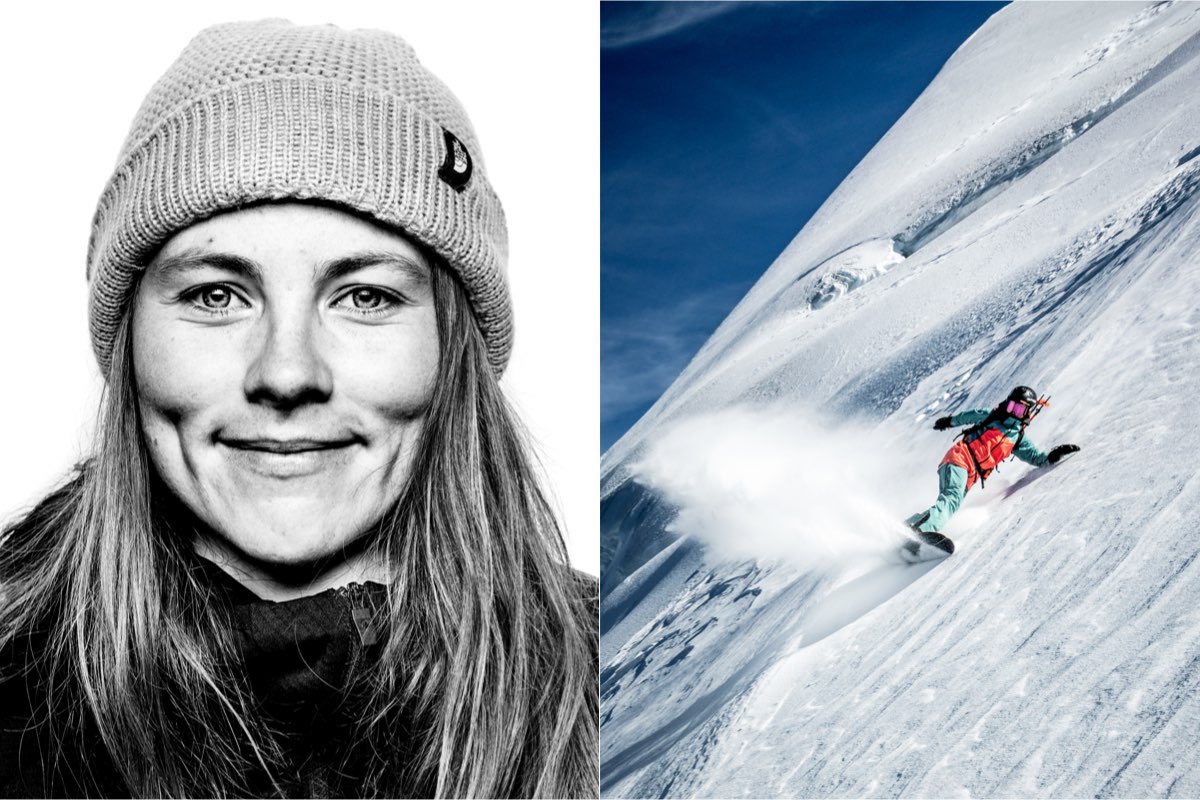
Three-time Snowboard Free ride World Tour Champion Marion Haerty, explains that the intoxicating allure and beauty of the mountains is what draws her to her limits on her snowboard:
“It gives me emotions, goosebumps, when I look at the mountain”.
The otherworldly beauty of nature’s stunning canvas in the snowy mountains is a constant pull for Haerty, The North Face sponsored athlete. “I know why I am training every day when I am standing in front of these beauties.
I am transported into a different world when discussing the artful sensation of carving a line down a huge mountain with Haerty. “It’s like I draw with a pen. My pen is my snowboard, and I choose my line in the snow”, she says.
The attraction of complete immersion into the outdoors and nature at its most pure appears to play a huge role in drawing these women to take it to their limits. It’s an otherworldly absorption into the most extreme environments on earth that so few of us experience on this scale.
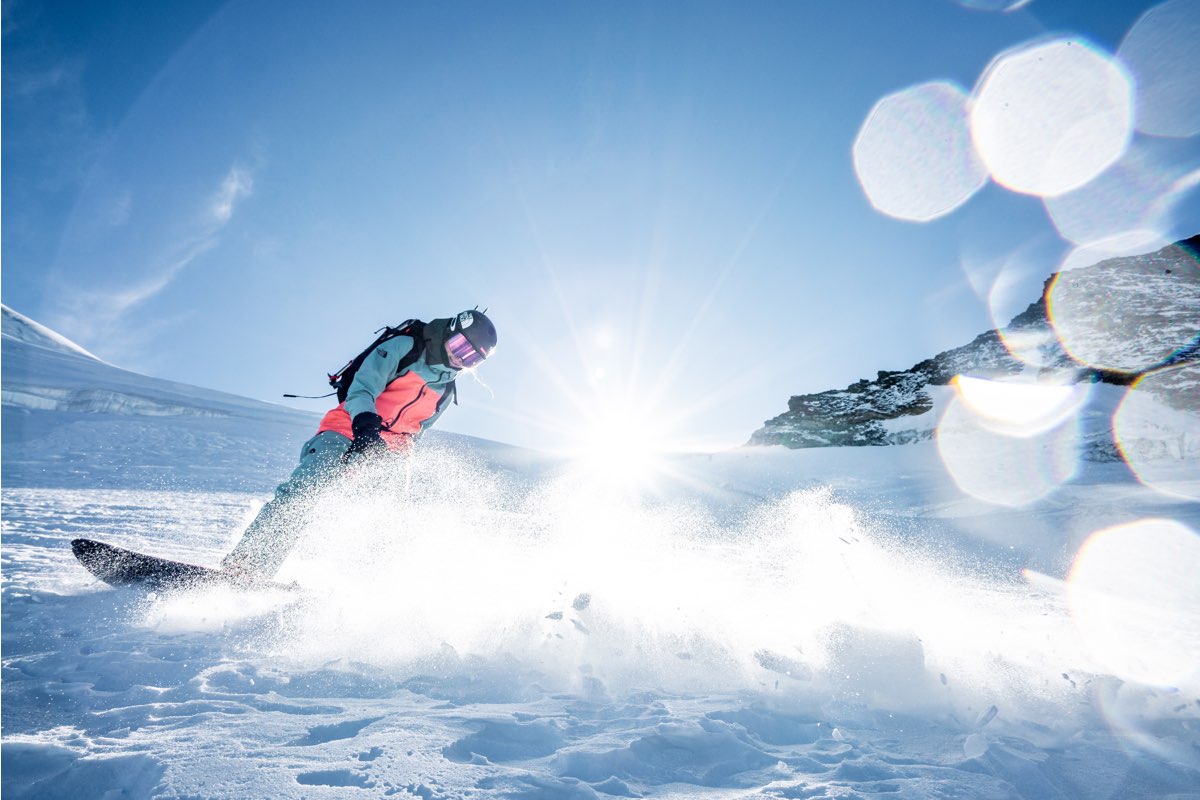
We might commonly expect the world’s top sports athletes to be fuelled by adrenaline, the phrase “adrenaline junkie” is commonly bandied-about. “Yes, I feel adrenaline, but I feel peace in those moments… it’s only me and the mountain. I feel freedom”, Haerty expresses. One can almost imagine the surge of energy, adrenaline and movement leading to a critical point, and as Haerty describes, in the actual seconds of a trick being executed, there is a pervading sense of peace that comes with that.
Hanli Prinsloo – Freediver on ‘finding peace’
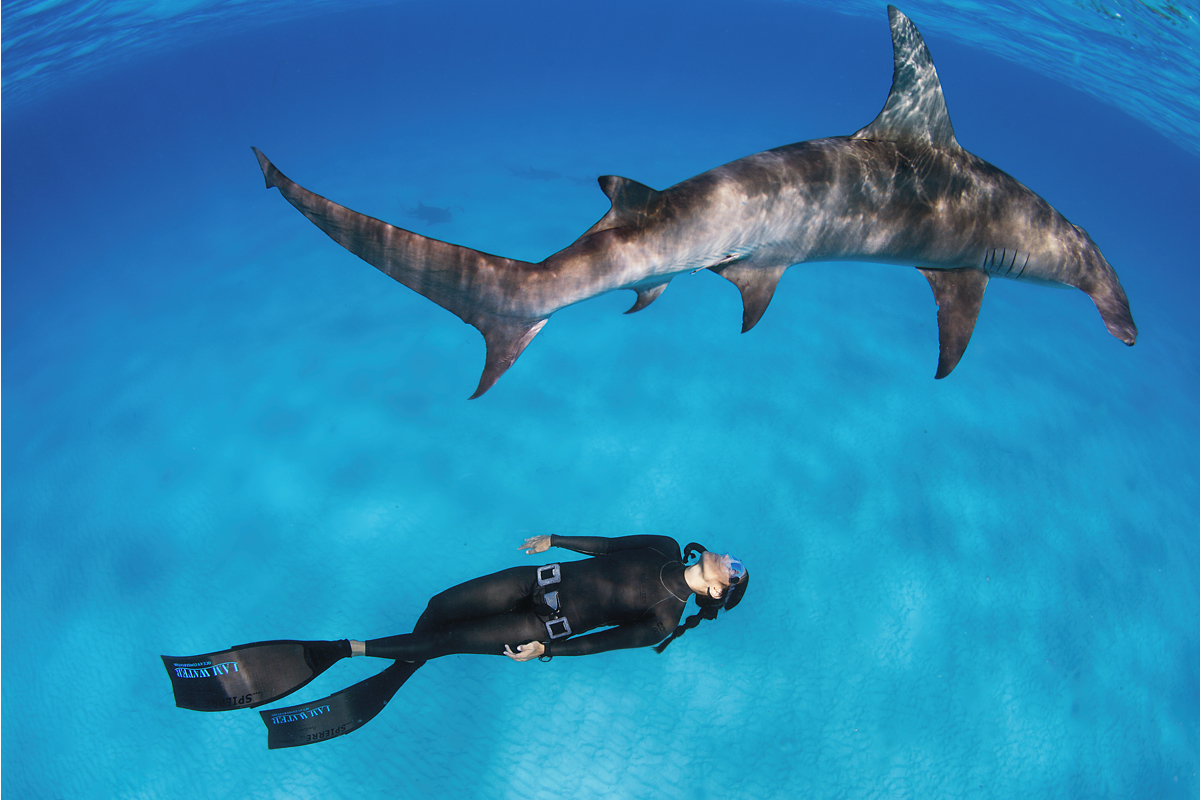
Freediving champion, conservationist and Finisterre athlete Hanli Prinsloo explains “for me, it is all about our connection to nature and the ocean. We explore our own inherent mammalian dive response – being reminded that we are a part of nature, not just a spectator or visitor”. In freediving, athletes tap into a seldom-used human ability, the mammalian dive response (also known as the “diving reflex”).
All mammals have the diving reflex, which is the body’s physiological response to submersion in cold water and includes selectively shutting down parts of the body in order to conserve energy for survival – enabling long breath holds. Hanli and freedivers alike utilise the body’s diving reflex, Hanli adding that “once we feel this connection, every dive into the sea holds a sense of coming home”.
Such is the powerful joining of nature with our own inherent abilities, it appears, according to Hanli, that it is us as humans in our most natural of environments, utilising our bodies and abilities to their full, enabling a powerful connection and experience.
Prinsloo’s love of the water meant “freediving for me started as a fascination with my body in water. How deep can I go? How long? And why!? It was intoxicating to see how my ability increased and the impossible became accessible and fun. Once I started getting deeper I found such a unique sense of peace underwater that this in itself became the draw, more than the meters, seconds and minutes.”
Preparing for the deep dive
Prinsloo describes the preparation for a deep dive as often “days, and even weeks long” to learn to slow down her thoughts and be present. “Just before a deep dive, I work on preparing mentally and physically. Lung stretching, deep breathing and slowing down the heart-rate. As the physical preparation settles in the body, the mental state starts adjusting. Slower thoughts, being present in the body. And all of this is before you even get in the water! Once in the water, the biggest challenge is to not get distracted or frazzled.
Continuing the deep breathing and slow, steady simple thoughts…While slowing down the thoughts, the heart rate and to an extent time, it is essential to stay very aware, watching and listening to what is happening in the body. Am I ready today for a personal best? Shall I drop to the bottom of the rope or turn early? And so on. It is a delicate balance during a deep dive to be very relaxed and at ease, while staying humble and listening to where the body is at and what it needs.”
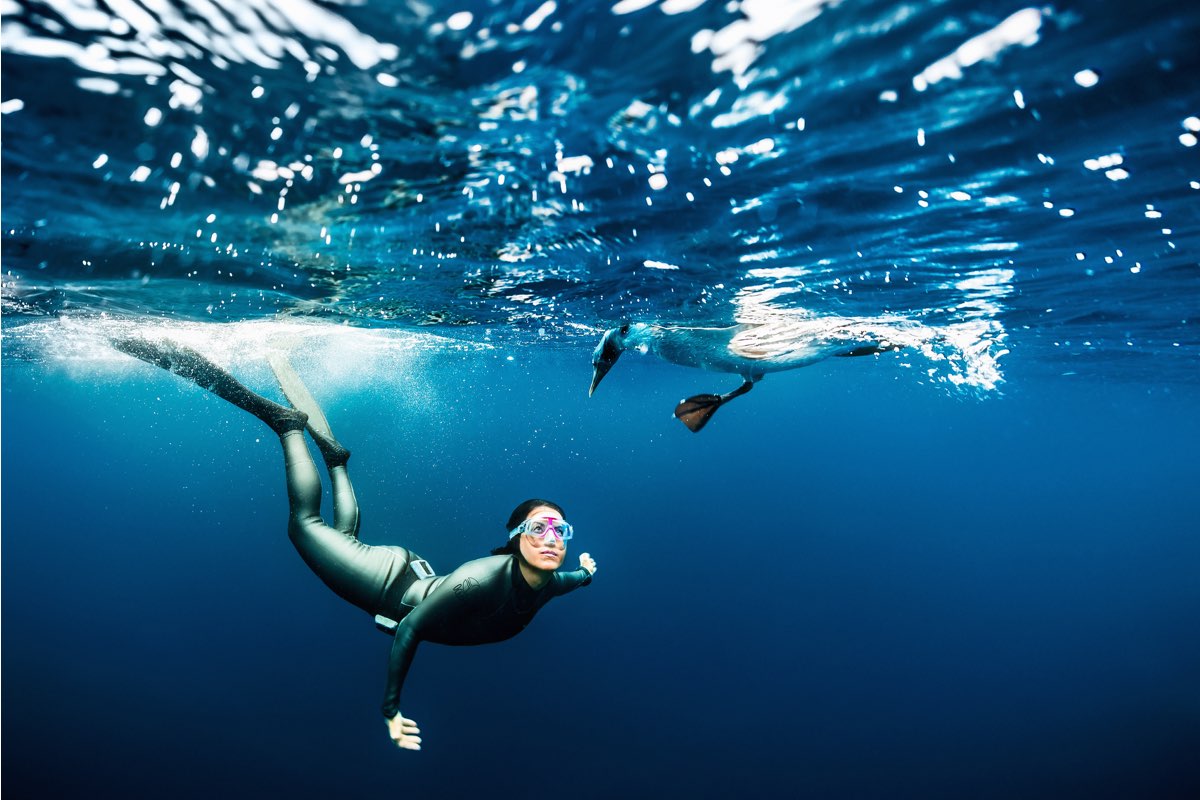
Mental focus
It’s fascinating finding out how the world’s top athletes approach their often Herculean-seemingly (well, to mere mortals like myself) endeavours. Mental focus and balance are clearly interwoven deeply, and it isn’t simply a case of physical strength. As Prinsloo says “freediving is one of those activities that initially seems like a purely physical experience…But as you spend more time underwater and start diving deeper, the physical becomes secondary and it very much becomes as the mental-emotional experience.
Overcoming the urge to breathe requires in-depth mental strength training combined with a healthy dose of humility. One can be physically in the best shape for diving and still come up against inexplicable barriers to depth. Here, mental strength practice comes to play.”
“For me, it has always been about finding the joy and the connection, and then seeing how the ocean opens up to me.”
Caroline Ciavaldini – Rock climber on ‘being lost in a moment’
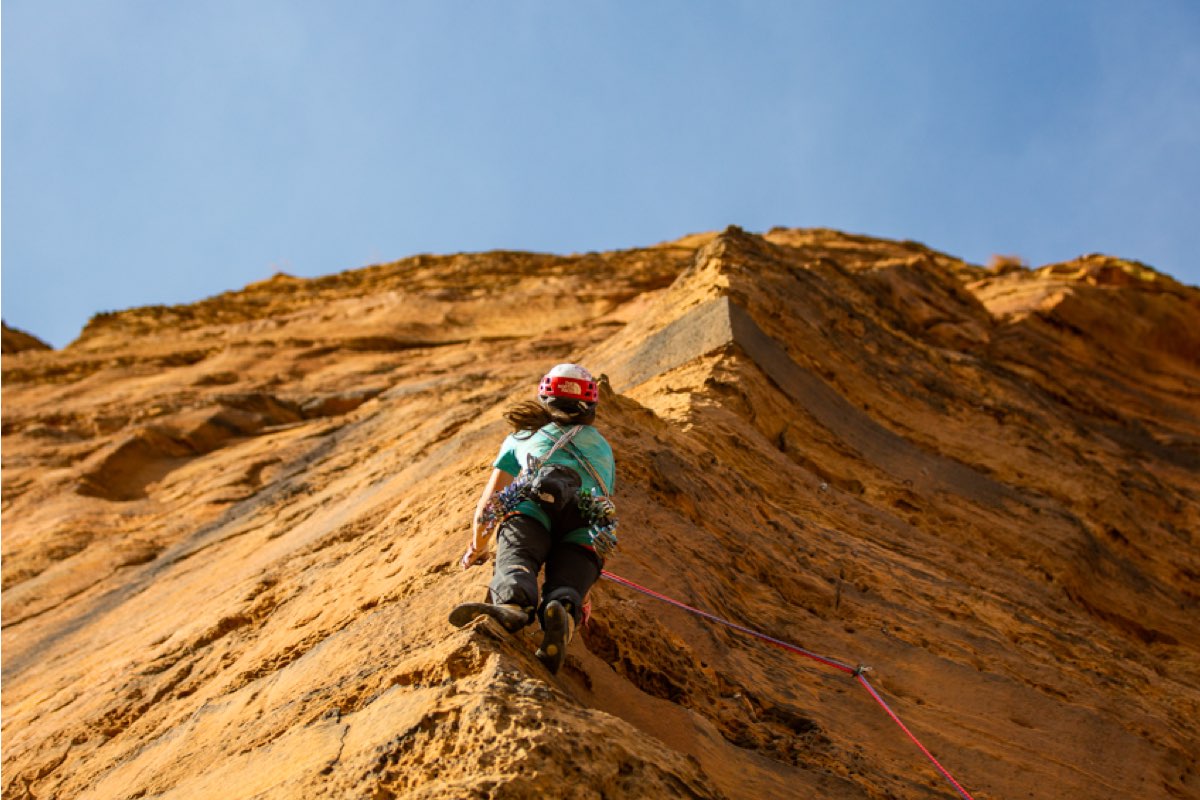
When you are connecting to Mother Nature’s purest frequency, it seems there is a peace that comes with it, despite the extreme nature of the surrounding environment and sport being performed. Conversely, 3-time French National Champion, rock climber and outdoor climbing specialist Caroline Ciavaldini, suggests otherwise. She explains.
“Climbing is the kind of sport where you have to constantly think about your hands, your feet, your rope… and it doesn’t leave any space to think. You disappear in the movement. That got me.”
The execution of these sports appears to powerfully place the athlete into a moment of pure mental calmness and peace, through being totally present in the moment. Disconnected from the sensory overload of the modern world, climbing allows her to escape into the calm of the outdoors and movement.
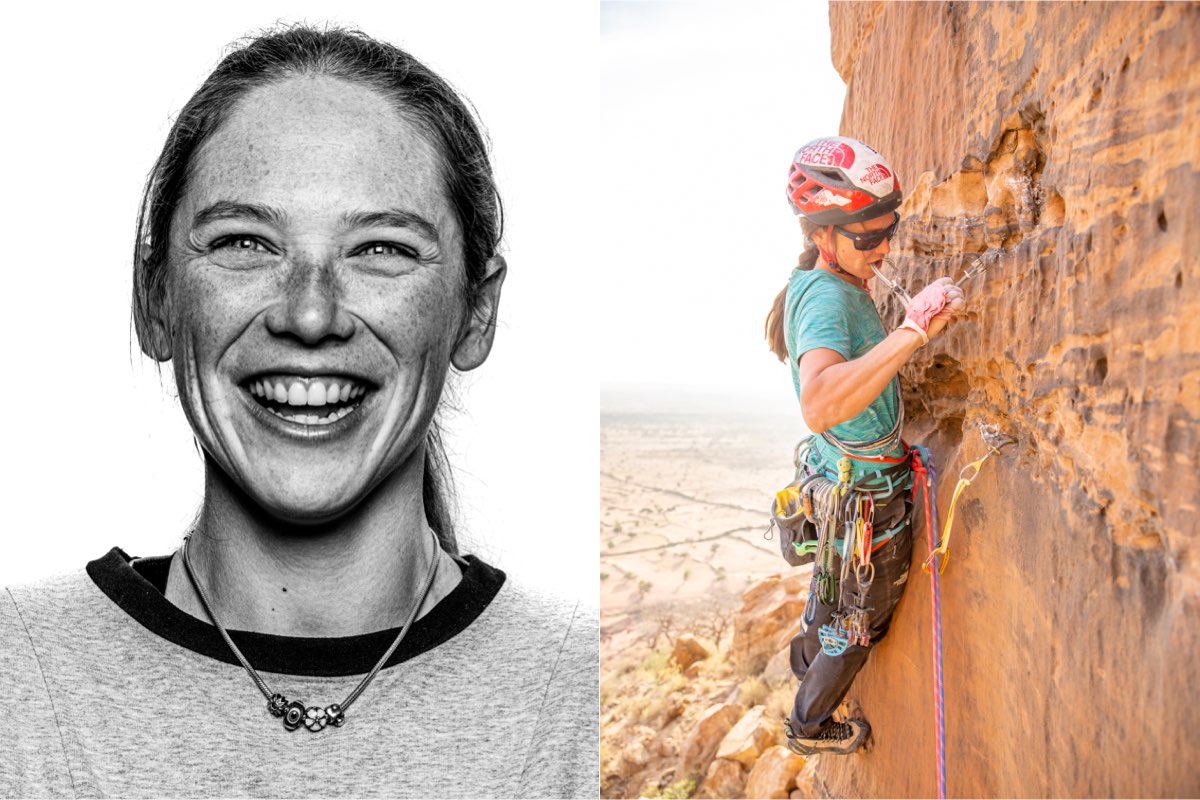
Preparation, preparation, preparation
Where sometimes we might envisage the world’s most extreme athletes being propelled forward by pure, unadulterated adrenaline, there is in fact a clear, long process of preparation, and not just physical, that goes into the final moment of execution. As Ciavaldini explains “the first ten years of my climbing were focused on competition. I liked to train, and I even liked to weight lifts, but most of all I loved the complexity of the mental challenge. I did spend a lot of my effort on improving my mental focus, from sophrology to kinesiology, psychology, hypnosis, visualisation… What I really like is to create a plan where you bring both your physical and mental capacities to their maximum on D day”.
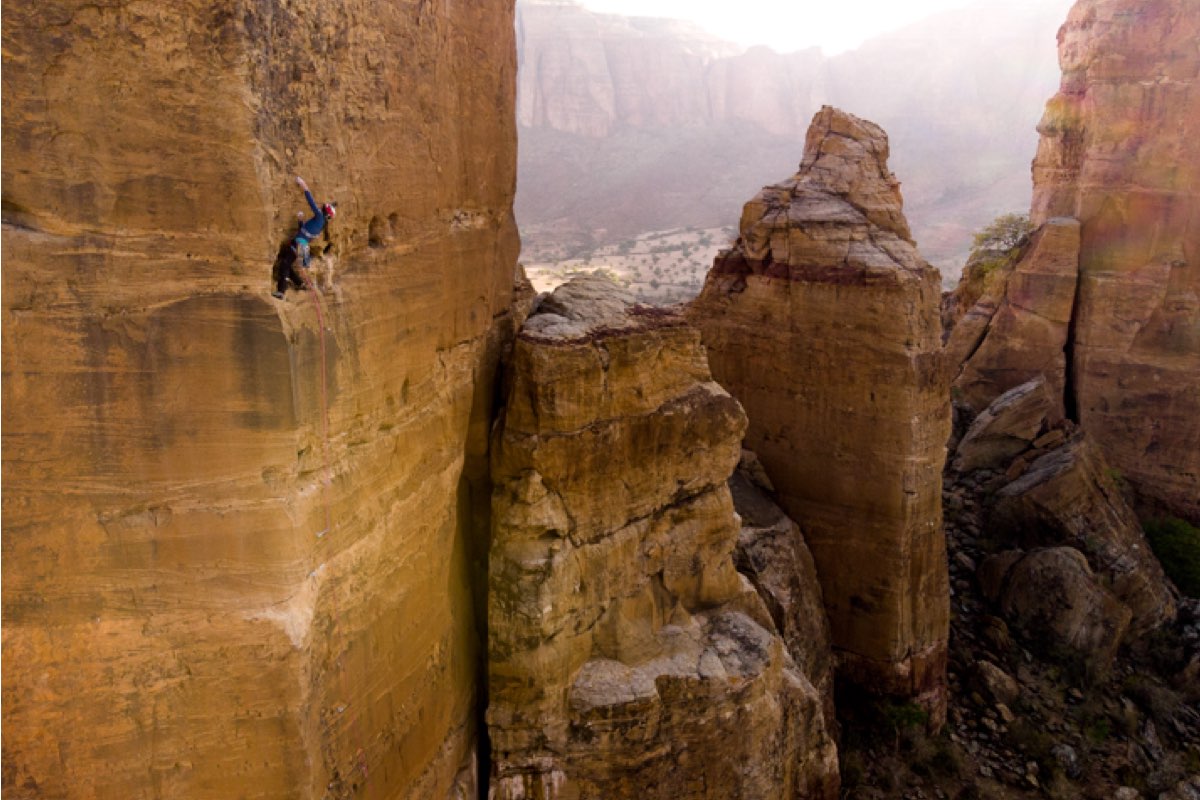
Visualisation
Ciavaldini’s clips of her hanging off perilous rock faces would raise the heckles of most in terror, and her process of preparation through visualisation is, as she explains, critical to her methodical approach to undertaking a tough climb.
“It is all about calculation and preparation… I will…visualise, imagine how that will feel to climb… The visualisation allows me to be ready with not just the movements but also to the sensations and emotions. Then only comes the most important moment of adventure climbing: that moment is actually on the floor, and only in your head: it’s the moment where you have all the information, and you decide whether you will commit or not…normally if you have done everything correctly, you disappear in the movements, don’t think about danger, until you arrive to the top, come out of your bubble, and realise that you have done your route!”
Risk assessment
It could be easy to equate these sports and athletes with huge amounts of risk-taking. Ciavaldini expresses how “I am in fact not a great risk-taker. Sure, I might do things some people might consider risky, but driving a car can be super risky… So, for me, it is all about knowledge and humility. Learning as much as I can about what I am to attempt, and learning from those who know much more than I do.”
She continues “I never pick insanely dangerous routes. That would be suicidal, and irresponsible now that I am a mum. But of course, the routes that make me dream are not risk-free…But I do think that I am controlling the risk…I constantly try to answer the question: is it worth it?”.
She continues “one could say: “how could the idea of going to your death ever be worth it?… My answer is, life is about death. We all have to take a risk, every breath that we take… But if a little bit more risk allows you to enjoy life much more… then it is worth it. Our society tells us to aim at living until we are 80 years old, no matter what… But if this is empty of joys, emotions, discoveries… why? So, I don’t think that I do routes that could bring me past my limit, I choose routes where I am in control, and my method is to focus exclusively on the things that do matter: how to climb the most efficiently.
There is no space there for an emotion like fear or even pride, so if I feel worried before the route, I will take the time to explore why I feel like that, understand my emotion, and in that process, I become able to tidy my emotion in a box, and close the box. And then I can climb. This process is essential, as one can’t afford to suddenly be overwhelmed by fear in a crucial moment. That would be extremely dangerous.”
Michelle des Bouillons – big wave surfer on the adrenaline rush
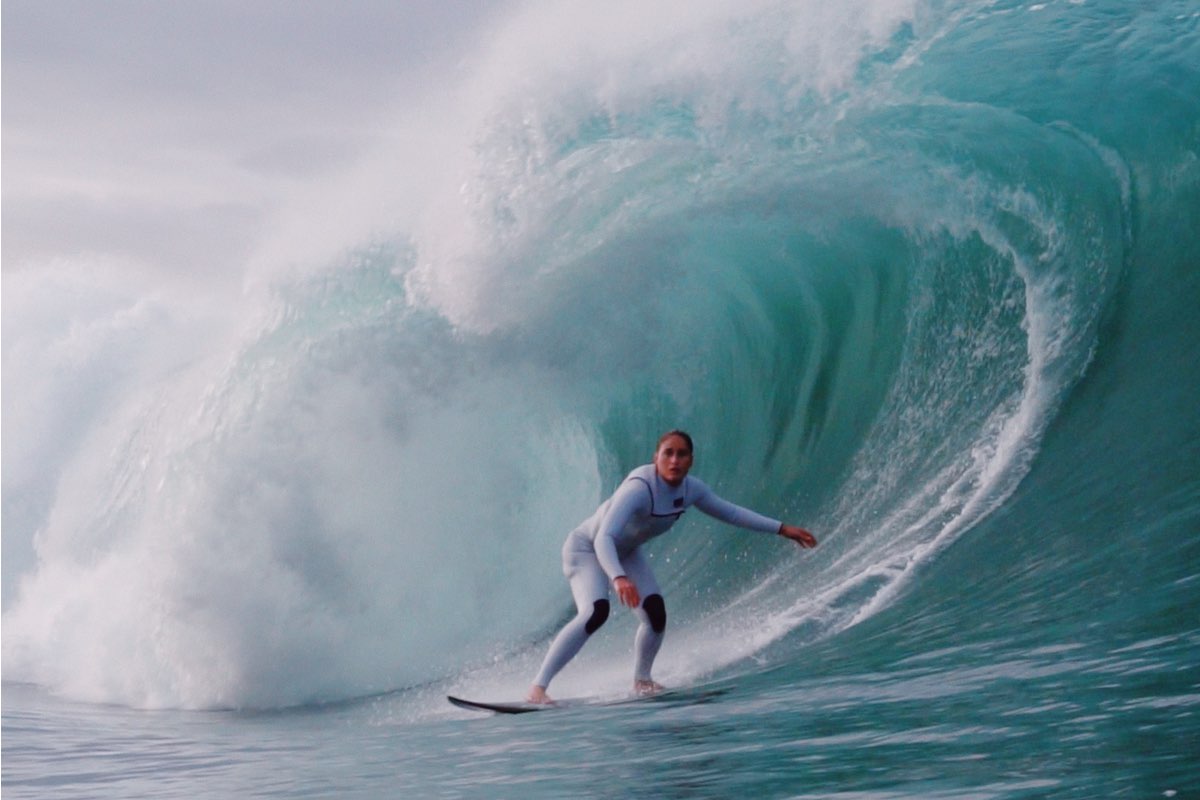
French-Brazilian big wave surfer Michelle des Bouillons, explains adrenaline’s presence in these moments, “it’s an adrenaline rush that only ends at the end of the wave, when I’m already seeing the jet ski’s coming to rescue me, and then we can celebrate!
Most of the time I’m already very nervous when I’m still holding on to the rope…when the wave is over and everything went well and everything was beautiful. It is a huge adrenaline rush and I feel a lot of happiness in my heart. It’s a mixture of fear, extreme adrenaline and satisfaction”.
The confidence required to take big waves
Michelle des Bouillons describes the confidence required to take big waves, “(you) have to be very confident inside the giant waves, we have to be in perfect mental and physical condition at the same time. Those two plays together and are the key off the game”.
By tapping into their mental strength, these women are able to experience the raw and powerful beauty of nature, and of their OWN cerebral strength on a powerful scale.
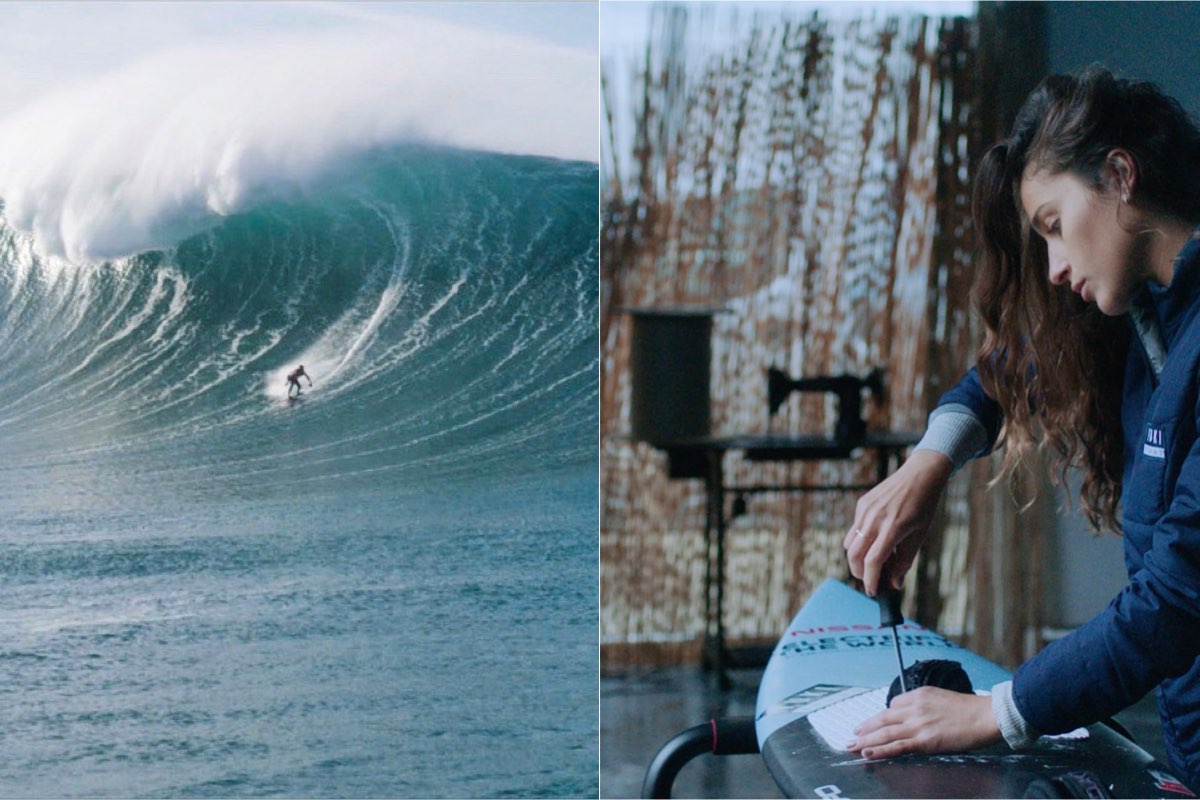
A never ending love
Speaking to these women has given me a deeper understanding of the most elusive places on earth that so few of us experience, and what it feels like to be in those powerful moments.
Many of these athletes continue to reach new limits, Prinsloo is a 6-time world record holder, and I wonder what continues to drive these women closer to the edge? Prinsloo attests that:
“It is my love for the ocean and exploration that drives me! The certainty that every day in on or under the water will be different. The belief that our actions matter and being dedicated to how I can drive positive change for our oceans. And quite simply the feeling of being weightless beneath the surface…”.
Get your weekly DOSE fix here: SIGN UP FOR OUR NEWSLETTER
